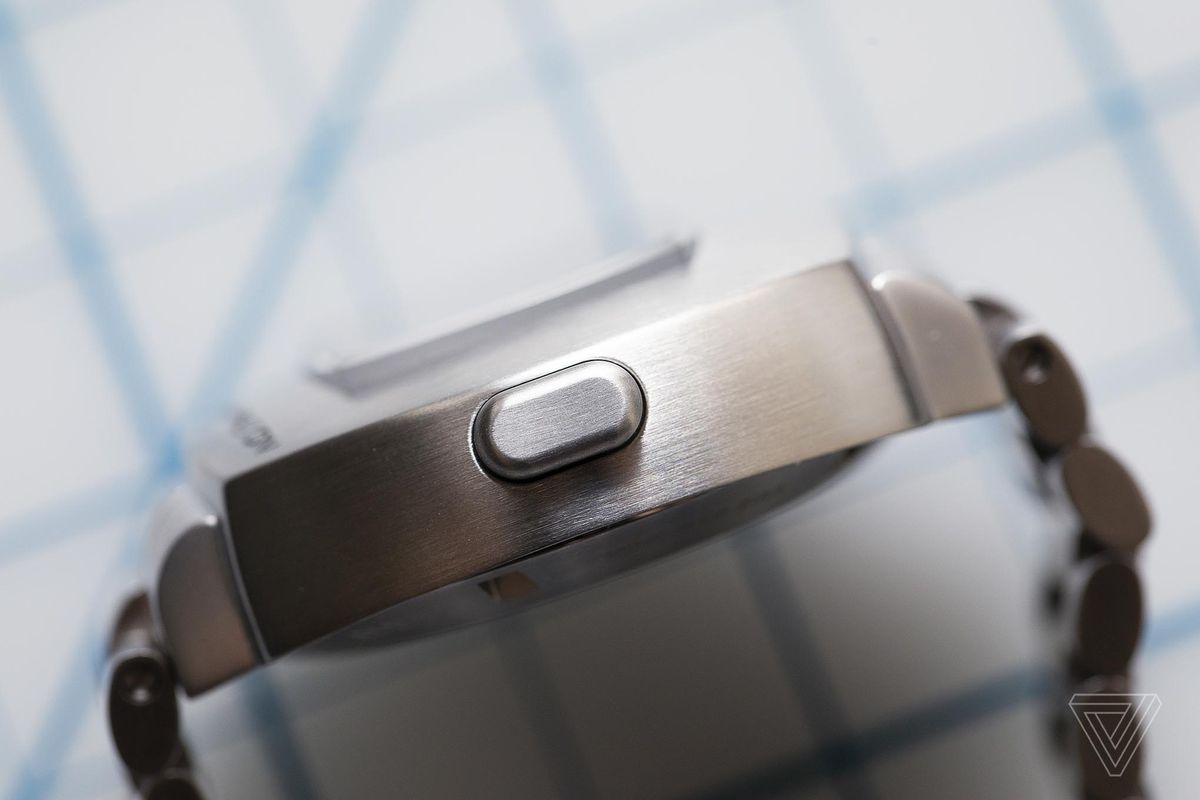In hindsight, it sounds almost ridiculous. An expensive watch with technology that’s never been put on your wrist before that costs hundreds of dollars more than a traditional timepiece. And get this: this fancy, futuristic gadget can’t even continuously show the time.
No, I’m not talking about the original Apple Watch. I’m talking about the Pulsar Time Computer, the first commercially sold digital watch, which was released back in the 1970s by Hamilton. But despite the 50-year difference, the Pulsar foretold the same issues that we still struggle with today on our modern smartwatches — and fixed them the way we do, too: with a button.
50 years later, we still struggle with battery life
The original Pulsar was a revolutionary device, so cool and futuristic that it appeared in Live and Let Die on the wrist of Roger Moore’s James Bond. But it had a big flaw: the LED technology that Hamilton used on the Pulsar was simply too power-hungry to stay illuminated all the time. To deal with the technology’s limitations, Hamilton turned to a very analog solution in the form of a physical button that had to be pressed to light up the LED display and show the time for a few seconds. Later models would iterate on that, adding a wrist-flicking gesture to automatically light up the watch. (For a more complete look at the rise and fall of digital LED watches, check out Hodinkee’s in-depth history here.)
:no_upscale()/cdn.vox-cdn.com/uploads/chorus_asset/file/21728367/akrales_200811_4130_0025.0.jpg)
That single button did all the heavy lifting. Without the rotating crowns or gears of a traditional wristwatch, Hamilton also had to introduce a new method of setting the time. Pressing and holding the single button switches the watch to a time-setting mode. Individual clicks of the button advance the hour; users then press and hold again to adjust the tens of minutes, and finally the individual minute. It’s a system that’s still common today on most digital watches, largely unchanged throughout the decades.
The good news for today’s smartwatches is that the Pulsar’s battery problem wasn’t insurmountable. Liquid-crystal displays — LCDs — arrived, with their iconic seven-segment configuration to show numbers. The switch to LCDs allowed for watches with less power-hungry displays that could offer the best of both worlds. Today’s digital watches offer precise timekeeping that outdoes the finest of handmade Swiss watches and the ability to not just display the time all the time but to do so for years before needing a replacement battery.
:no_upscale()/cdn.vox-cdn.com/uploads/chorus_asset/file/21728365/akrales_200811_4130_0047.0.jpg)
Technology is nothing but cyclical, though, which is why decades after Hamilton struggled with a way to cram enough power into a tiny, wrist-born form factor, we’re still struggling to do the same thing with modern smartwatches.
The first-generation Android Wear and Apple Watches — released in 2014 and 2015 — suffered from the exact same limitation the Pulsar did all those years ago: being unable to keep their screens powered on the whole time.
Technology is nothing but cyclical
Despite all the leaps and bounds of modern technology, the early generations of smartwatches had to turn to similar solutions as the Pulsar, limiting watchface visibility to the same physical actions, like raising your wrist or pushing a button. Apple took until last year to solve this problem to a satisfactory level, optimizing display settings and battery technology to create a screen that stayed on all the time without sacrificing the broader functionality of the Apple Watch.
Even the hardware itself has come full circle. Where the LED display on the Pulsar was too power-hungry for the 1970s, its descendant OLED technology — with its bright colors, deeper blacks, and ability to selectively power just the visible parts of the display — is perfect for today’s (rechargeable) smartwatches.
Those dueling technologies are still at the heart of the modernized Hamilton PSR, the 2020 remake of the original Pulsar Time Computer that’s pictured in this article. In deference to the (reasonable) demand that a wristwatch be able to always display the time, it has a hybrid LCD and OLED panel. Most of the time, the LCD portion will dimly show the time; it’s unsatisfying but effective. Push the button, though, and the LEDs will blaze to life — just like on the original model from half a century ago.
:no_upscale()/cdn.vox-cdn.com/uploads/chorus_asset/file/21728369/akrales_200811_4130_0009.0.jpg)
